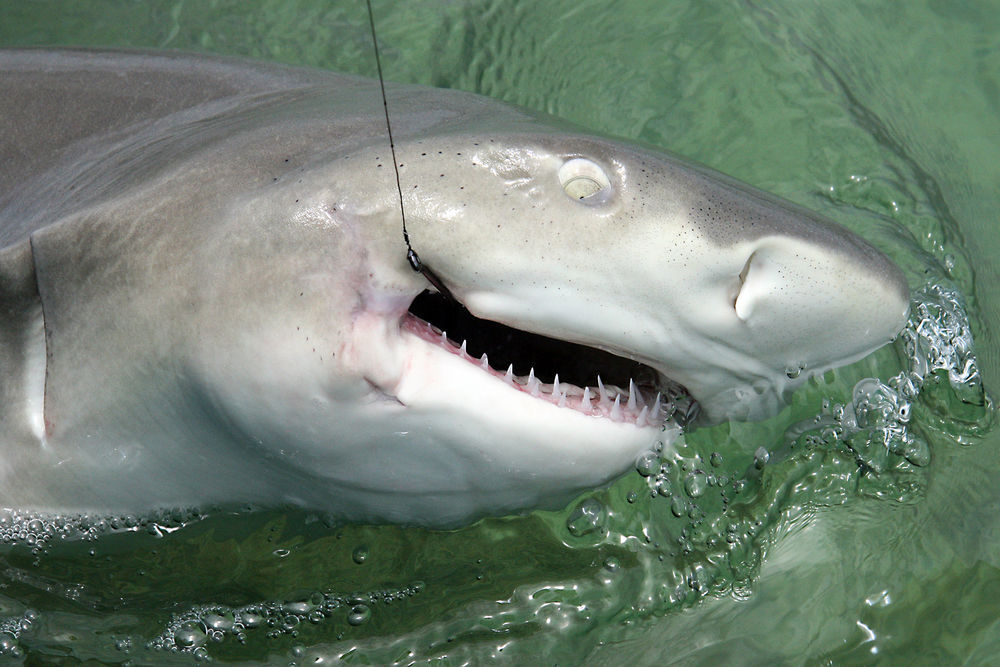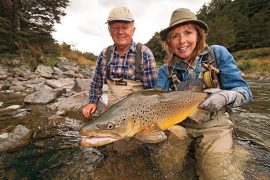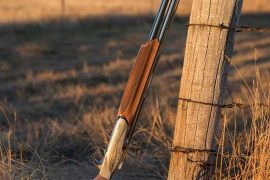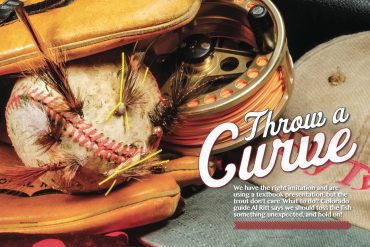
With blacktip, spinner, bull and hammerhead sharks readily available from February to April, guides such as Capt. Nate Wheeler target the different species for their sporting qualities. When casting a live crab for permit, don’t be surprised if an oversize bonnethead shark finds it first — the mini hammerheads go nuts for sand-dollar-size crustaceans.
“Fun blacktips and spinners trail schools of baitfish such as mullet and ladyfish that invade the Keys in the winter months,” says Wheeler. “As soon as the tarpon start pushing through in March and April, many ‘capital’ sharks like bulls and hammerheads follow them in.”
The large channels running between Keys flats and islands, measuring anywhere from 5 to 25 feet deep, provide plenty of food and good habitat for sharks. “I really prefer to fish for sharks on the edges of channel flats in shallow water, so you can watch them track and eat your bait,” says Wheeler.
Wheeler prefers to use light-tackle spinning gear, 25 pounds or less, for maximum sport when fishing the flats near Big Pine and Sugarloaf keys. Much larger conventional tackle is necessary for the bigger sharks, he says.

Different fish stories persist in South Florida of bonefish attacking bait schools intended for different species, but none ignite any degree of confidence. Still, options do exist for spin anglers who want to trick bonefish without relying on live baits like shrimp and crabs.
Most captains I spoke with agreed that the simplest lure to tempt a bonefish is the skimmer jig. Sometimes called a bonefish jig or flats jig, it’s flat with a tip shaped like a diamond or a circle. The hook and jig eye always point toward the surface to deter snags with grassy or rocky bottom where bonefish live. The hook is dressed with bucktail, fly or synthetic material to mimic shrimp and crabs. Different than traditional boxing-glove jig heads, the slender skimmer…





